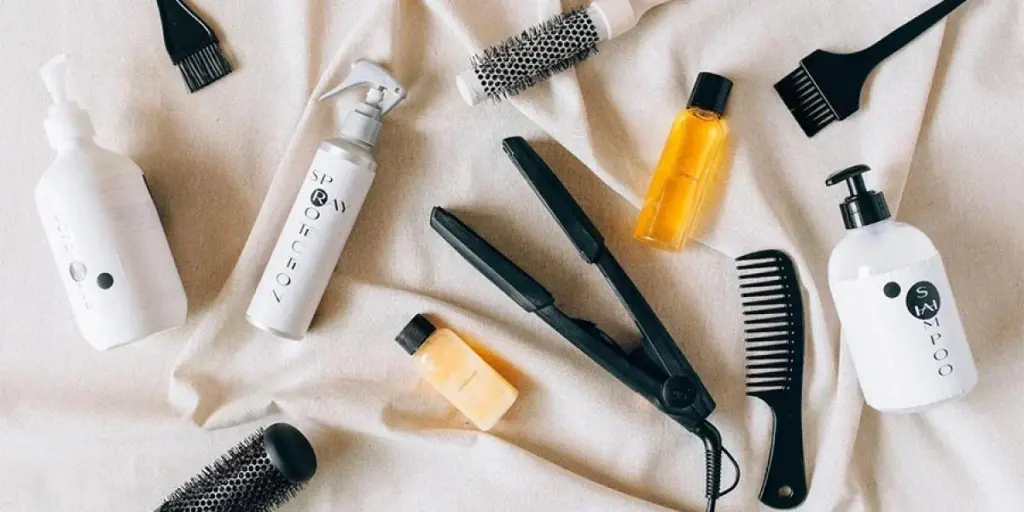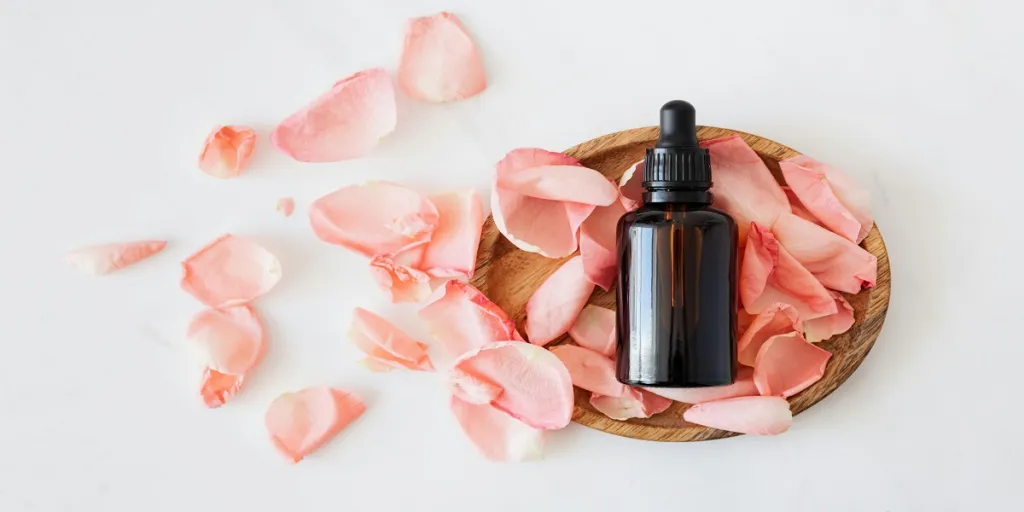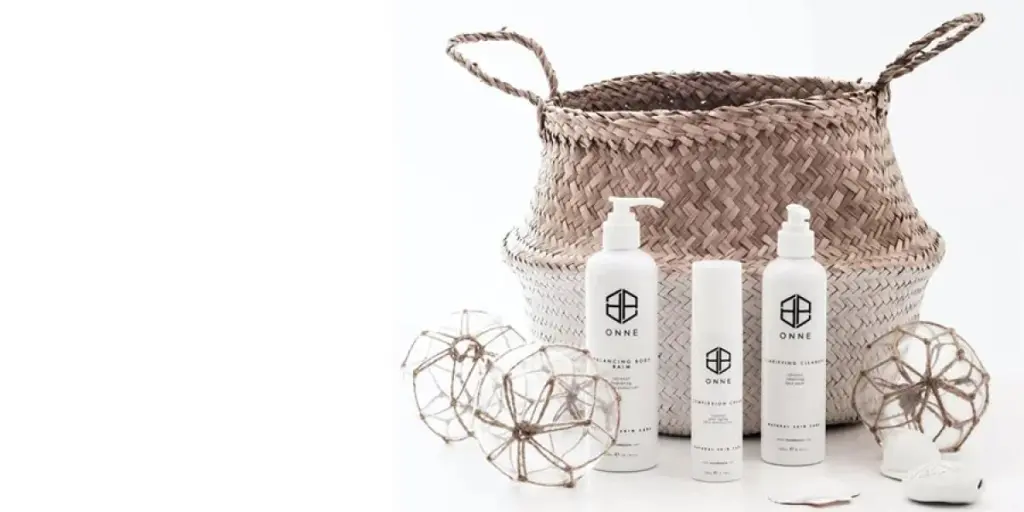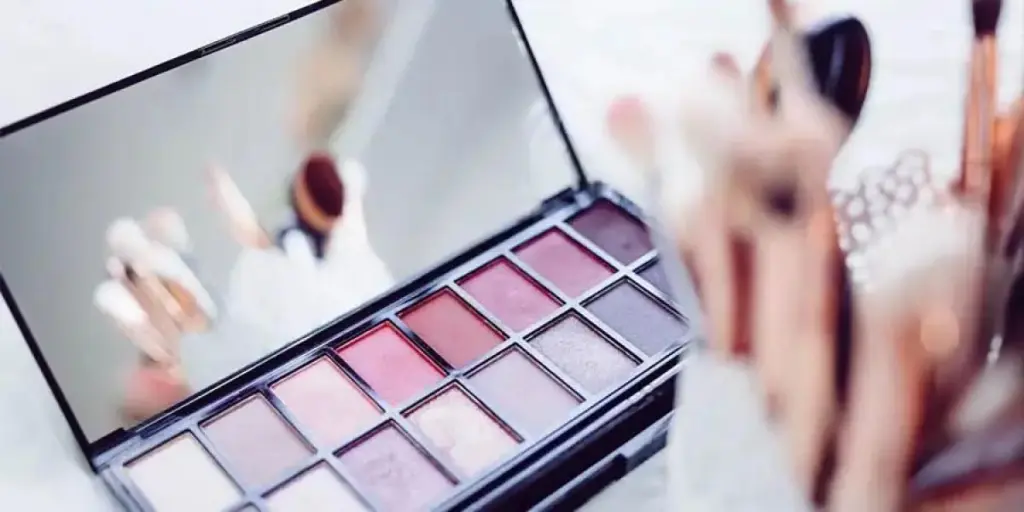While waxing is a more popular hair removal method, many don’t like the pain it brings. So, these consumers always seek ways to get the same effect with less pain. That’s where sugaring comes in.
Sugaring has become extremely popular for hair removal, with sugar wax attracting up to 165,000 searches in the third quarter of 2024—a 30% uptick from 2023’s 110,000 average. While many people are learning to do sugaring at home, many businesses are also pushing to enter the sugar wax market.
However, not all sugar waxes are the same. Businesses new to the market must consider various factors before stocking these hair removal products. This article will cover three things retailers should know before adding sugar wax to their new arrivals.
Table of Contents
What is sugar wax hair removal?
Sugaring vs. waxing: What are the differences?
What to consider before choosing sugar wax?
Wrapping up
What is sugar wax hair removal?
Sugar waxing is a temporary yet natural hair removal method similar to waxing, but with key differences. Consumers apply the sugar wax (or paste) against the direction of their hair growth. Unlike waxing, they remove the paste in the direction of the hair growth, making it less painful. The best part? Results can last up to four weeks, and hair growth may slow down with regular treatments.
Sugaring vs. waxing: What are the differences?

While sugaring and waxing may seem alike, they do things differently. Waxing involves hot wax with the potential for painful burns—even the hair removal is too painful for many. On the other hand, sugaring uses sugar paste at room temperature, offering a gentler hair removal experience with no burns.
Additionally, consumers can only use wax once before discarding it, while sugaring reuses the same ball of paste throughout the session. Also, unlike some waxes, sugaring doesn’t require strips for removal. Regardless, both methods have pros and cons, so it depends on consumers’ preferences and comfort level.
Sugaring pros and cons
Sugar waxing has many benefits. For starters, manufacturers make the paste from simple ingredients, making their all-natural formula a massive plus for many customers. It’s also a good option for sensitive skin because it removes hair in the direction it grows, making it less harsh and better for fine or brittle hair.
However, it’s not all sunshine and rainbows. Sugaring might not be as effective as waxing because it removes air in the same direction as growth, which can leave some hairs behind. The process may also not pull hair out from the root, especially for thicker or coarser hair. Usually, it has a higher chance of hair breakage and potentially more ingrown hairs if consumers don’t remove the hair thoroughly.
Waxing pros and cons
Waxing offers several advantages, especially with the variety of wax types and formulas available. The biggest benefit is its effectiveness and long-lasting results. Since it removes hair from the root, waxing reduces the chances of incomplete removal, breakage, patchiness, and ingrown hairs—especially beneficial for coarse or thick hair.
Waxing also leads to slower hair regrowth, so consumers won’t need as many salon visits or applications as sugaring. Additionally, it’s a go-to for larger areas like backs, chests, or legs, especially with more flexible formulas. However, waxing can irritate those with sensitive skin because of its stronger pull, and it may be too painful for some people.
What to consider before choosing sugar wax?
1. Type
Consumers can get three types of sugar waxes: soft, medium, and hard/firm. The type consumers will need depends on their hair and skin type. Here’s a closer look at each one.
Soft sugar wax

Soft sugar wax is light-colored and has a consistency similar to honey—soft and runny. It’s a professional favorite since it doesn’t hold its shape and requires about 40 hours of training just to start using it.
Pros often blend soft sugar wax with medium or firm variants if they are tackling larger areas like legs, as the mix makes it easier to spread. This wax melts almost immediately, so it’s rarely heated during treatment.
However, consumers new to sugaring would be better off avoiding soft sugar wax. Nevertheless, soft sugar wax is more effective on coarse hair because it doesn’t have the density to grab fine hairs.
Medium sugar wax
This wax is slightly darker, with an orange hue, and holds its shape better than soft wax. However, it’s still smoother than hard/firm variants, though medium sugar wax requires several hours of training to use effectively.
To adjust its consistency, sugaring professionals often mix medium sugar wax with other types. While beginners might blend it with hard wax to soften it, experienced pros might mix it with soft variants to add body and better target finer hairs.
Thanks to its denser formula, the medium sugar wax is handy for areas with deeply rooted hair, like the bikini area and underarms. This better density means it will grip and remove such hairs better.
Hard/firm sugar wax

As the name implies, hard sugar wax is incredibly firm and amber-colored. Consumers must warm it up before use, requiring more effort to apply. However, hard sugar wax stays together better than other available types.
Hard wax has the highest density among the three types, so pros often use it to target finer or shorter hair. Nevertheless, they will only need it for smaller areas or stubborn hair. Additionally, salons prefer mixing hard wax with other types to quicken the application process, but it’s the easiest sugar wax for beginners to practice with.
2. Ingredients
Sugar wax contains only three natural ingredients: sugar, lemon juice, and water. Anything else is a big no-no. Sugar wax is a more natural alternative to traditional wax, and these natural ingredients are generally milder, making them perfect for sensitive skin. Thanks to its natural ingredients, sugar wax is also a favorite for eco-friendly consumers. Remember to avoid options containing harmful chemicals like artificial fragrances, parabens, or dyes.
3. Consistency

Sugar wax’s thickness determines how well it will work and how easy it will be for consumers to apply. Thicker sugar waxes stick better to hair, even shorter hair, so that they can remove more strands in one go. They also reduce the need for multiple applications.
While many prefer sugar wax with a thick consistency, some might end up (or come) runny. These consistencies are trickier to handle and may not grab hair well. Only experts can use sugar wax with a watery consistency, but even the pros mix it with other waxes to thicken and make it easier.
Wrapping up
Sugaring is gentler and more suitable for sensitive skin but at the cost of being less effective. On the other hand, waxing is more effective, but with a stronger pull. Businesses must consider what works best for their consumers’ skin, product quality, and performance before selling these sugar waxes to consumers.
Remember to remind them that sugaring typically lasts three to five weeks, depending on their hair growth, hormones, and genetics. However, they can reduce their hair growth in treated areas if they use sugar waxes frequently, which also allows retailers to make repeated sales.




